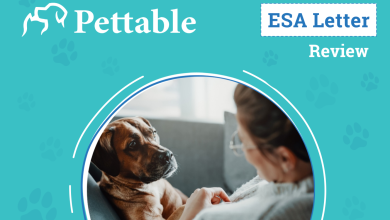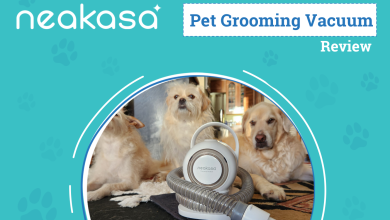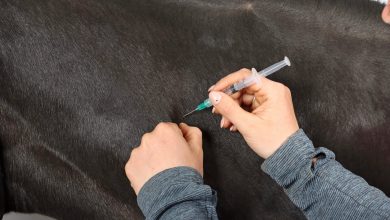Why Do Male Dogs Have Nipples? Explanation & 6 Possible Concerns
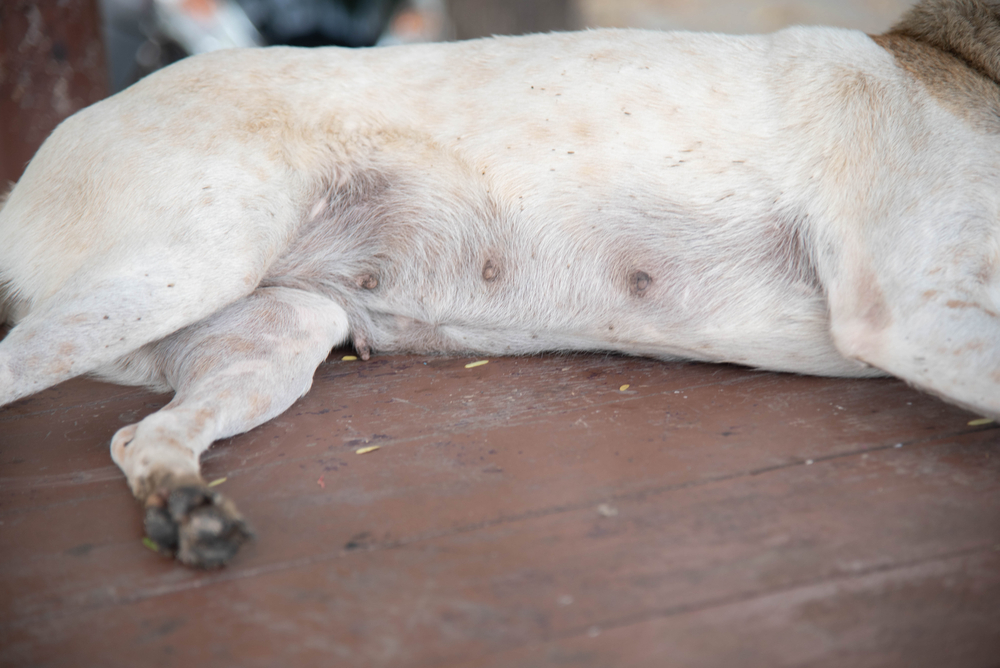
Have you noticed that even though you definitely have a boy dog (you’ve checked), you also couldn’t help but see the little nips hanging below, too. Do male dogs even have nipples? Why on earth would they? After all, they aren’t nursing a litter of puppies.
In this article, we will explore the male dog anatomy a little to see what purpose these little appendages serve—and how you can tell the difference between a nipple and a problem. Let’s get into it.

Why Male Dogs Have Nipples
Male dogs have nipples for the same reason human men do—it’s simply part of the evolutionary process. You see, in the womb, boys and girls aren’t much different. In fact, everything is female first.
What exactly does this mean? Let’s get into science. Two chromosomes determine sex: X and Y. Females have two X chromosomes (XX), and males have one X chromosome and one Y chromosome (XY). But nipples begin to develop before the sex chromosomes are defined.
So, in the early stages of development, the reproductive organs remain undifferentiated and undeveloped because both males and females have an X chromosome. This means the fetal genitalia is phenotypically female in nature, and so the nipples (and even mammary glands) are already there. Before they develop their male genitalia and the Y chromosome is defined to differentiate a male from a female, all fetuses are inherently female.
At roughly 5 weeks gestation, puppies develop their sex organs. If the dog is a female, the mammary organs develop fully thanks to the extra X chromosome, and the mammary glands and nipples would be needed to serve their biological purpose, which is to produce milk and nurse their young. If the dog is a male, the penis, testicles, and other male reproductive organs develop, but the mammary glands and nipples don’t go away because they were already there. They’re just under-developed thanks to the Y chromosome, which prevents them from developing fully.
So, while nipples are useless for male dogs, they exist, nonetheless.


How Many Nipples Do Dogs Have?
Both males and females have 8 to 10 nipples that are arranged and symmetrical rows on the underside of the belly.


The 6 Possible Concerns of Bumps on the Belly: When It’s Not a Nipple
Of course, if you notice a spot on your dog’s belly, it might look like it’s in the spot of a nipple, but it might actually not be. So, how exactly can you tell the difference? First, it is important to know what other issues could be.
1. Mammary Gland Carcinoma
This type of carcinoma usually presents around the nipple and can grow into a large, painful tumor. If you have noticed one of your dog’s nipples is larger or more abnormal than others, pay attention.
While mammary gland carcinomas are very rare in males (approximately affecting 2.7%,) it isn’t necessarily impossible—just unlikely. These types of tumors can be both cancerous and non-cancerous.
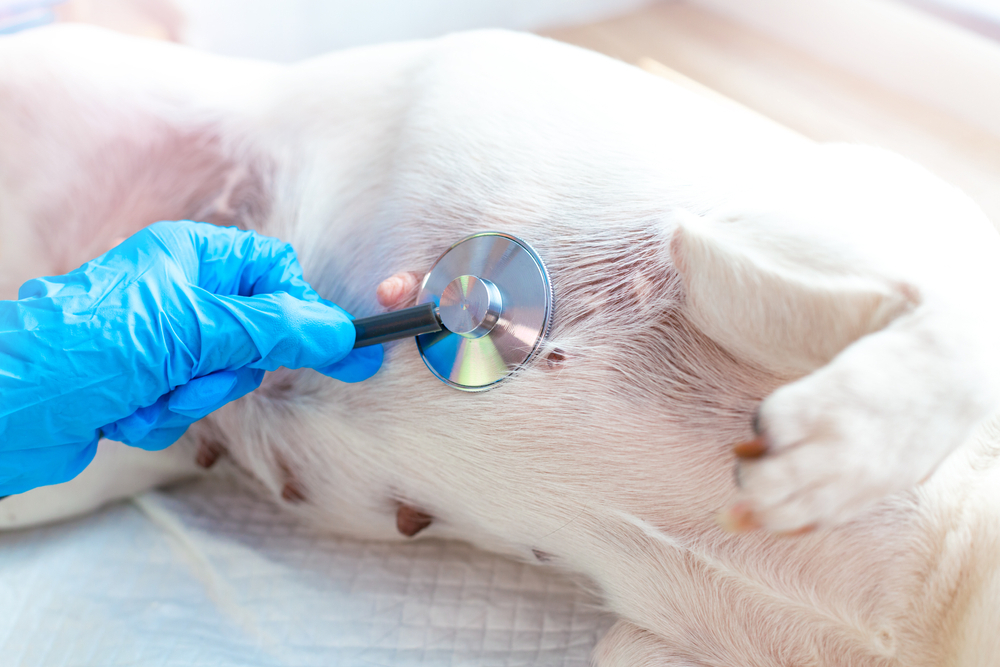

2. Sebaceous Cyst
A sebaceous cyst is actually relatively common among canines. It can look like a pimple or wart and be located close to a nipple—or you might even mistake it as a nipple in early stages.
These cysts can remain for quite a while before they burst—and they release a white, thick discharge before they scab over and eventually heal.
3. Lipoma
Lipomas are extremely common benign fatty tumors that can appear virtually anywhere on your dog’s body. These growths are typically soft, circular, and painless. Generally, they measure between 5 centimeters or less and cause no major symptoms.
However, if they are in a sensitive area, they may cause general irritation. In these cases, your vet might recommend having a minor surgery for reasons of appearance or practicality.
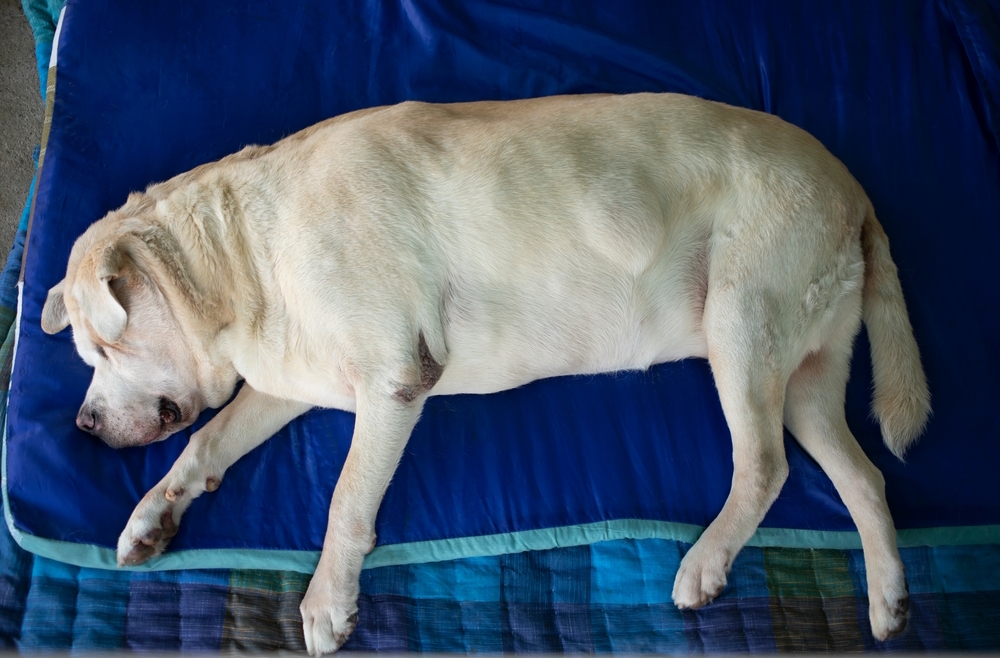

4. Abscess
Generally, abscesses are caused by some type of infection on the skin. Sometimes they can start as a bump or dome, most of which break open and become an ulcer. If that is the case, it will be very quick to develop.
You can clearly see swelling, redness, and even hair loss around the area. It might irritate your dog badly, causing them to bite or chew the area. Generally, it’s pretty easy to tell the difference between a nipple or an abscess.
5. Mast Cell Tumor
Mast cell tumors are a type of malignant skin cancer in dogs. It is actually the most common form, and it accounts for up to 21% of all canine skin tumors.
When the tumor develops, it can protrude out of the skin, possibly resembling a nipple-like growth in the beginning, if it is in an area that would make sense. However, these tumors quickly grow and are easy to differentiate very early on.
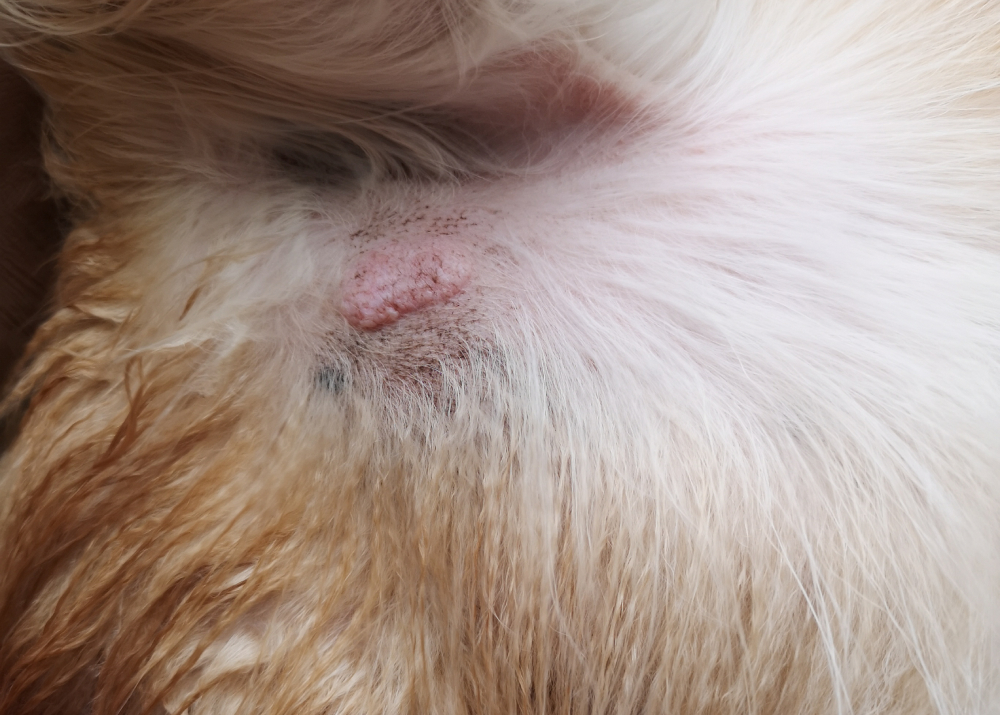

6. Histiocytoma
Unlike a mast cell tumor, a histiocytoma is a benign tumor that is caused by the abnormal growth of histiocytes in the system. Histiocytes are a type of immune system cell that protects the body.
Generally, histiocytoma affects dogs under 2 years of age and appears as solitary, hairless lumps that are slightly raised, which can easily be confused with the nipple if it’s on the belly. Usually, a histiocytoma appears on the neck, head, ears, and limbs.


Conclusion
Now you know that just like human men, male dogs will have nipples. Even though they will never use them for any real purpose, it is simply a product of evolution. While nipples are a totally normal phenomenon to see on a c, they are usually symmetrical and easy to detect.
If you see something on your dog’s stomach that resembles a nipple but has a different feel, it’s important to get them into your vet to determine what you’re dealing with.
Featured Image Credit: srimapan, Shutterstock

